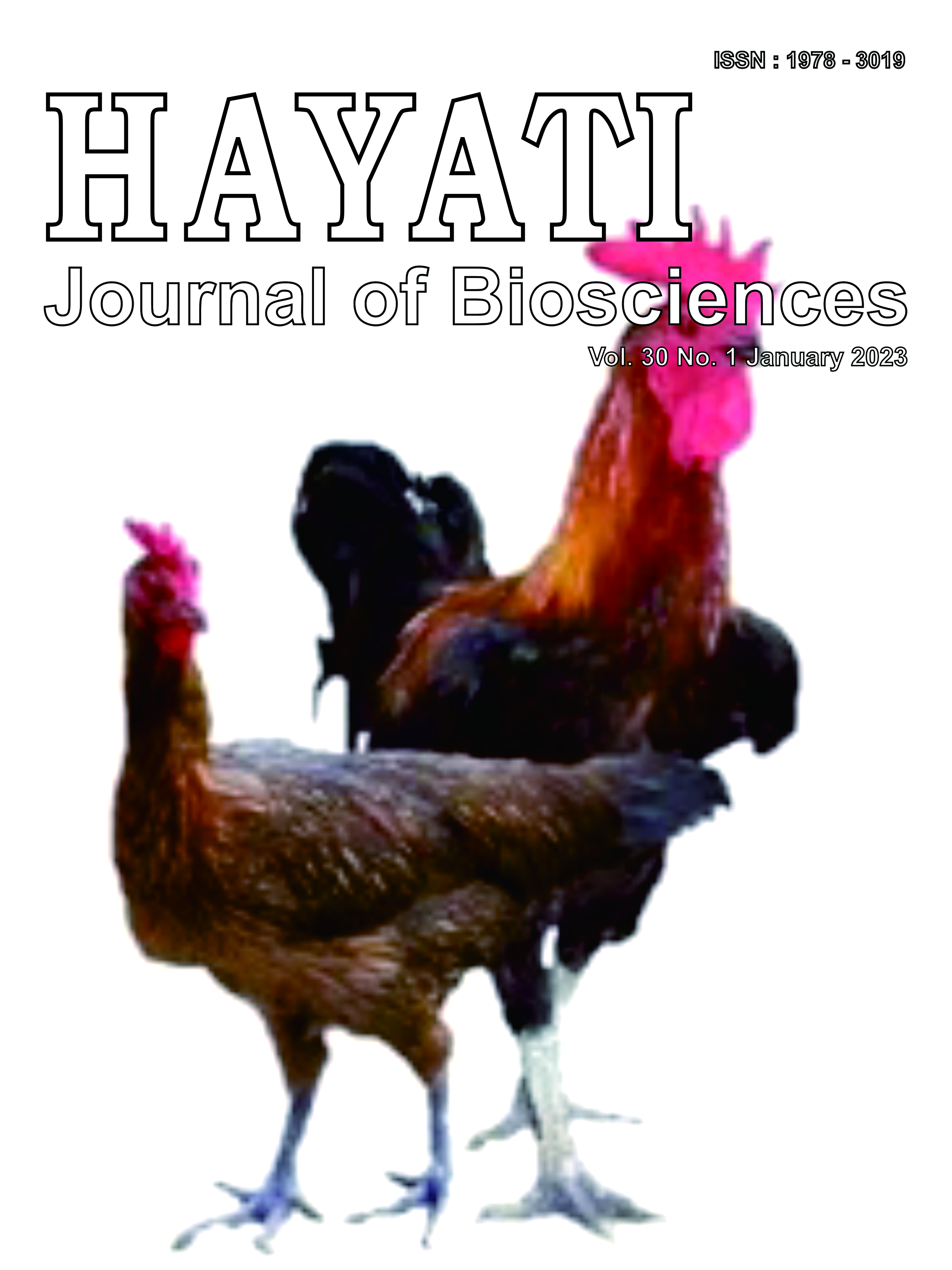Artefactual Suboptimal Fixation Effect to Nuclear Staining on Erythrocytes of Lutjanus kasmira (Forsskål 1775)
Abstract
This research presents the unusual staining characteristic of the teleosts red blood cells–the common bluestripe snapper Lutjanus kasmira, caught at Toc Tan (Allison) Reef, Truong Sa Archipelago, Vietnam, due to side effects of the delayed staining procedure. In addition to the quantitative data measured, the results of microscopic image research showed that, on slides performed with the delayed Romanovsky staining procedure using Giemsa dye, the cell "nucleus" was not dye-stained as seen in the erythrocytes of much other fish. The AFM and SEM images of blood slides show that the structure of the nuclear zone and the nuclear membrane was destroyed. Although methanol is used as one of the common fixatives in biology, the delayed staining still causes artifactual side effects, disrupts the structure of the red blood cell nucleus and can cause confusion when studying cytogenetics.
Downloads
Copyright (c) 2023 Huu-Quyet Do, Van-Thanh Vo, Nguyen Thi Le-Na, Hoang Thi Thuy-Duong

This work is licensed under a Creative Commons Attribution-NonCommercial 4.0 International License.
HAYATI J Biosci is an open access journal and the article's license is CC-BY-NC. This license lets others distribute, remix, tweak, and build upon author's work, as long as they credit the original creation. Authors retain copyright and grant the journal/publisher non exclusive publishing rights with the work simultaneously licensed under a https://creativecommons.org/

























.png) IPB University
IPB University Department of Biology
Department of Biology The Indonesian Biological Society
The Indonesian Biological Society 

